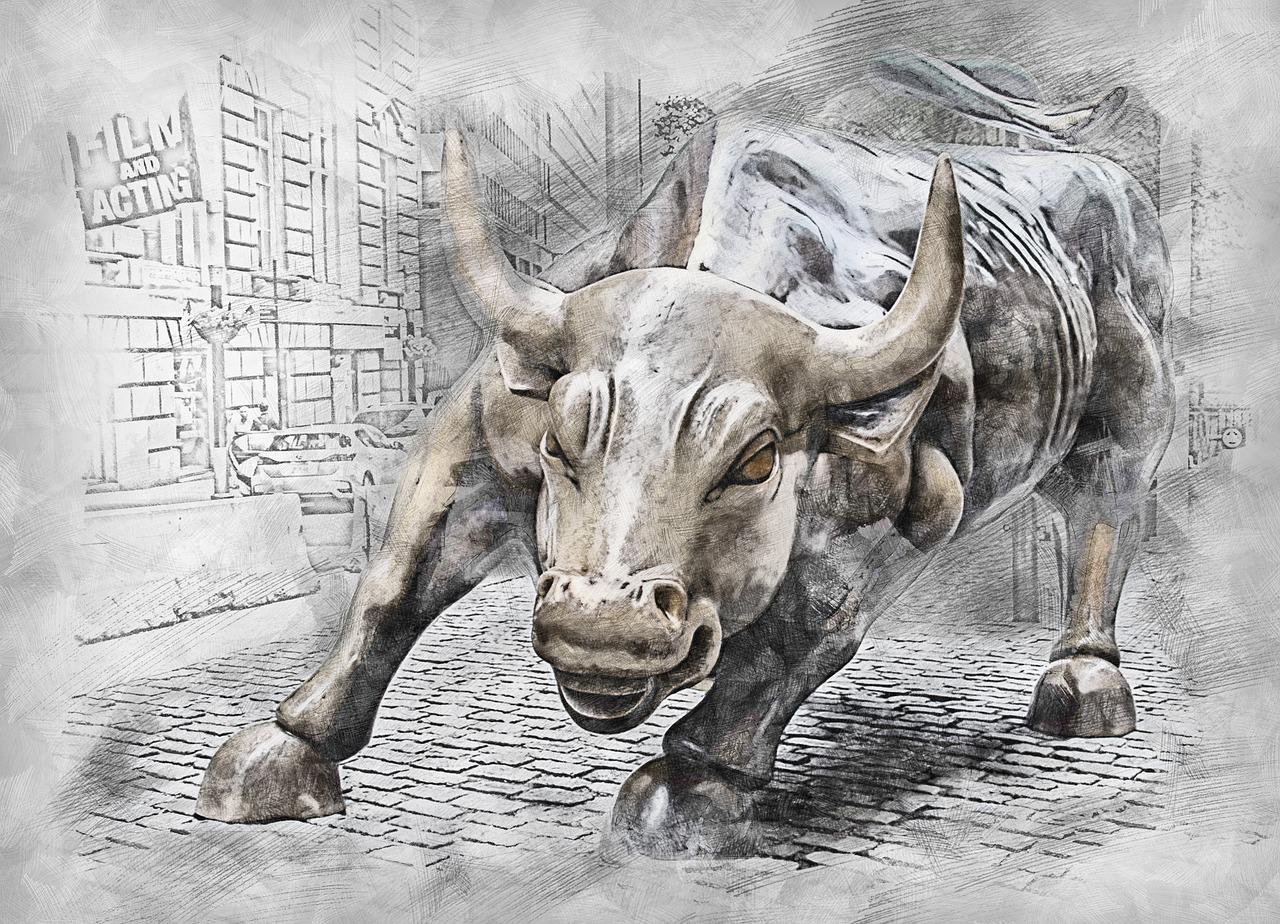The US dollar continues to trend higher against its major world counterparts, hitting the highest in 24 years against Japanese yen, 20-year high against Euro, while the dollar index which tracks the performance of the greenback against the basket of major currencies, trades at levels last seen in 2002.

Several factors contributed to the dollar’s strength, with key drivers being strong safe-haven flows on growing geopolitical uncertainty over the war in Ukraine, economic growth slowdown with threats that US and EU economies are sliding into recession and soaring inflation that prompted the US Federal Reserve to raise interest rates.
All three factors are strong and connected, as conflict in Ukraine and subsequent Western sanctions on Russian energy caused shortage in oil and gas supplies and pushed energy prices significantly higher.
This fueled inflation and raised fears about significant economic slowdown and possible recession.
At the same time, growing uncertainty with no signs about workable solutions for the problem and fears that conditions are likely to deteriorate in coming months, prompted investors from riskier assets into safety that provided additional boost to the US currency.
Fresh support to dollar came from the US inflation report, released on July 13 and showing that
US inflation continued to rise and hit 9.1% in June, from 8.6% previous month and well above forecasts for 8.8% increase, suggesting that underlying inflation pressures remained strong in June, as so-called core inflation which excludes volatile food and energy components, rose to 0.7% m/m in June from 0.6% in May.

The last jump in the US consumer prices was the largest annual increase in inflation since late 1981 and mainly driven by continuous rise of energy and food prices, but also by a massive fiscal stimulus that the government pumped into the economy during Covid pandemic crisis and persisting supply shortages.
The US central bank responded to rising inflation by several rate hikes in past months, with the last 0.75% hike being the highest since 1994 and the central bank signaled further hikes.
The situation with soaring inflation which threatens to become entrenched, increases pressure on Fed for a more aggressive approach in policy tightening that resulted in fresh speculations of raising interest rate by 1% in its July policy meeting, instead of widely expected 0.75% hike.
On the other side, The Euro is under increased pressure and cracking the parity level, trading in this zone for the first time since 2002.
The single currency is down against the US dollar around 11% year-to-date and on track for further weakness in current economic and geopolitical conditions that may result in one of the biggest yearly drops in Euros history.
The Euro is under pressure from the deepening crisis in the European Union, mainly from the consequences of the war in Ukraine and sanctions on Russia, but also from increasing divergence between the monetary policies of the US Federal Reserve and the European Central Bank.

While the Fed maintains an increasingly hawkish stance and focuses on tightening monetary policy or raising interest rates, in attempts to combat raging inflation, The European Central Bank has a more cautious approach to the problem.
The latest economic data indicate that the EU economy is slowing, with strong threats of recession and aggressive increase of the borrowing cost would cause the negative effect on the economic growth and probably accelerate the way to the recession that keeps the ECB on track for small and gradual rate hikes, despite record-high inflation in the Eurozone.
The European Union also faces big problems with gas supplies, as the Nordstream 1 pipeline, which is the main supply line for Germany, has been shut for maintenance, but the union members fear that shutdown might not be temporary that would bring the EU economy and particularly Germany as the largest economy in the union, in extremely difficult position, which may result in extended restrictions, but also in partial or complete shutdown of the industry.
All these factors weigh strongly on euro, which is at critical support and break lower would risk acceleration towards 0.9600 zone (September 2002 low) with more pessimistic forecasts suggesting that the single currency can fall further and challenge 0.90 support.


